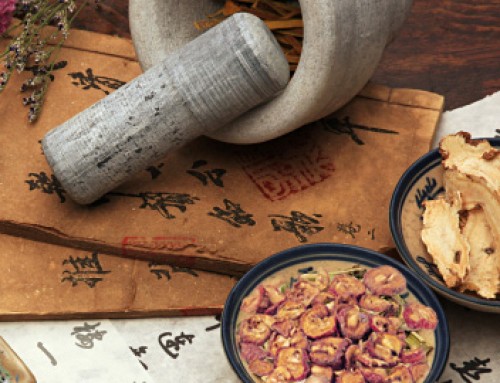川貝母
Tendrilled fritillary bulb (Chuanbeimu)
Pharmaceutical Name: Bulbus fritillariae cirrhosae
Botanical Name: 1. Fritillaria cirrhosa D. Don. 2. Fritillaria unibracteata Hsiao et K. C. Hsia. 3. Fritillaria Przewalskii Maxim. 4. Fritillaria Delavayi Franch.
Common Name: Tendrilled fritillary bulb
Source of Earliest Record: Shennong Bencao Jing
Part Used: The bulbs are dug in summer and dried in the sun. The bulb bark is removed.
Natural Properties & Taste: Bitter, sweet and slightly cold
Meridians: Lung and heart
Therapeutic Effects:
1. To moisten the lungs and resolve phlegm.
2. To stop cough.
3. To clear heat and release nodules.
Indications:
1. Cough: a) chronic cough due to lung deficiency manifested as dry cough and dry throatTendrilled fritillary bulb (Chuanbeimu) is used with Ophiopogon root (Maidong) and Glehnia root (Shashen). b) phlegm-heat cough manifested as yellow and thick sputumTendrilled fritillary bulb (Chuanbeimu) is used with Anemarrhena rhizome (Zhimu), Scutellaria root (Huangqin) and Trichosanthes fruit (Gualou). c) wind-heat coughTendrilled fritillary bulb (Chuanbeimu) is used with Mulberry leaf (Sangye), Peucedanum root (Qianhu) and Apricot seed (Xingren).
2. Scrofula, mastitis and lung abscess: a) scrofulaTendrilled fritillary bulb (Chuanbeimu) is used with Scrophularia (Xuanshen) and Oyster shell (Muli). b) mastitisTendrilled fritillary bulb (Chuanbeimu) is used with Dandelion herb (Pugongying) and Forsythia fruit (Lianqiao). c) lung abscessTendrilled fritillary bulb (Chuanbeimu) is used with Houttuynia (Yuxingcao) and Coix seed (Yiyiren).
Dosage: 3-10 g
Cautions & Contraindications: This herb cannot be used with Sichuan aconite root (Wutou), as they counteract each other.






